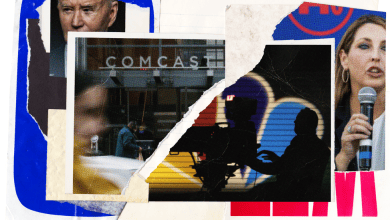High Fed Rates Are Not Crushing Growth. Wealthier People Help Explain Why.

More than two years after the Federal Reserve started lifting interest rates to restrain growth and weigh on inflation, businesses continue to hire, consumers continue to spend and policymakers are questioning why their increases haven’t had a more aggressive bite.
The answer probably lies in part in a simple reality: High interest rates are not really pinching Americans who own assets like houses and stocks as much as many economists might haveexpected.
Some people are feeling the squeeze of Fed policy. Credit card rates have skyrocketed, and rising delinquencies on auto loans suggest that people with lower incomes are struggling under their weight.
But for many people in middle and upper income groups — especially those who own their homes outright or who locked in cheap mortgages when rates were at rock bottom — this is a fairly sunny economic moment. Their house values are mostly holding up in spite of higher rates, stock indexes are hovering near record highs, and they can make meaningful interest on their savings for the first time in decades.
Because many Americans feel good about their personal finances, they have also continued opening their wallets for vacations, concert tickets, holiday gifts, and other goods and services. Consumption has remained surprisingly strong, even two years into the Fed’s campaign to cool down the economy. And that means the Fed’s interest rate moves, which always take time to play out, seem to be even slower to work this time around.
“Household finances broadly still look pretty good, though there is a group feeling the pain of high interest rates,” said Karen Dynan, an economist at Harvard and a former chief economist at the Treasury Department. “There are a lot of households in the middle and upper part of the distribution that still have a lot of wherewithal to spend.”




